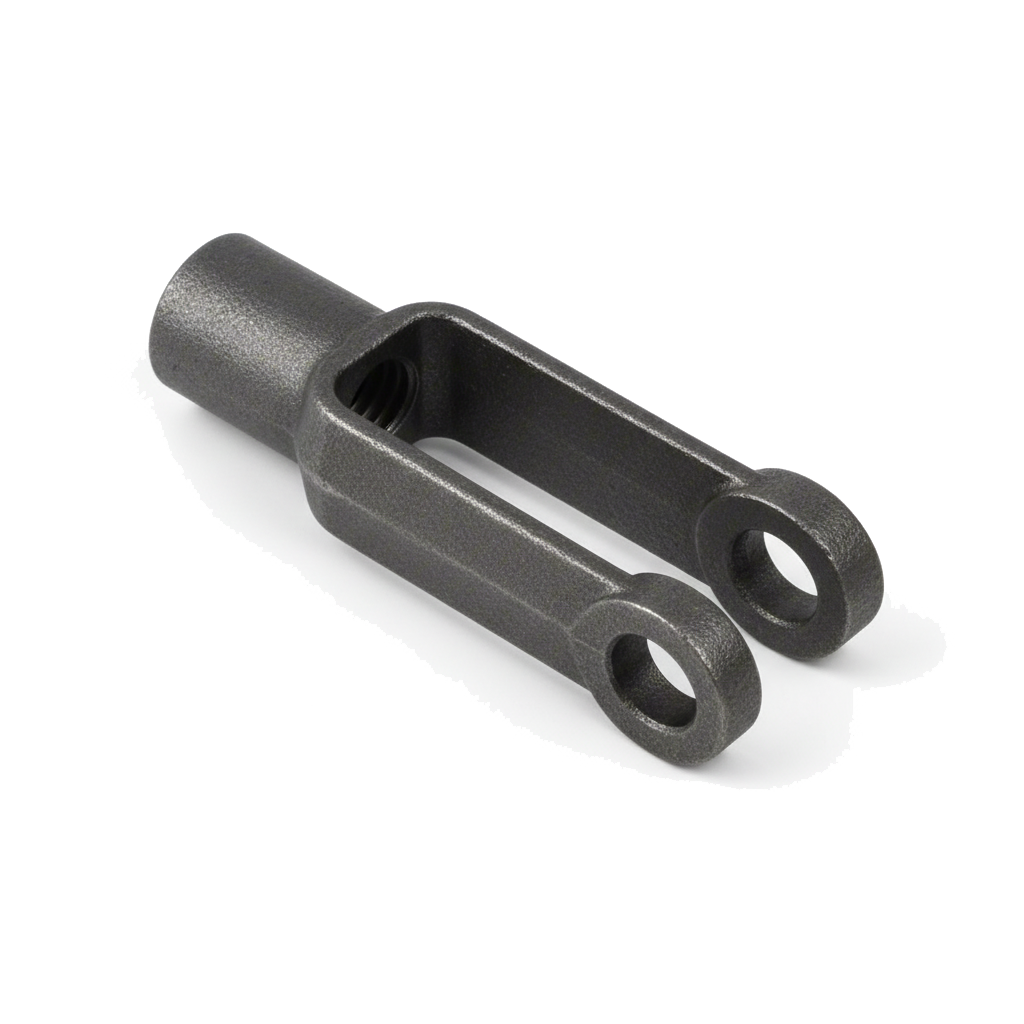Resources
Glossary
Yield Point
The exact moment when a fastener begins to deform permanently under stress. This is when the material starts to stretch and won’t return to its original shape once the load is removed. Unlike yield strength, which is a specific stress value, the yield point refers to the actual onset of this permanent deformation.
Yield Strength
Yield strength is the amount of stress a material can withstand before it begins to deform permanently. Up to this point, the material behaves elastically—meaning it will return to its original shape when the load is removed. Once the yield strength is exceeded, however, the material enters the plastic deformation range, where it begins to stretch or bend in a way that cannot be reversed, even if the load is taken off.
In the context of fasteners such as bolts or screws, yield strength represents the maximum tensile stress that can be applied without causing permanent elongation. It is a critical design limit because a fastener that yields may lose its ability to maintain proper clamping force, leading to joint failure or loosening over time. Yield strength is typically measured in megapascals (MPa) or pounds per square inch (psi), and is determined through a tensile test where a specimen is pulled until it begins to yield.

On a stress–strain curve, the yield point marks the transition between the elastic and plastic regions. Before this point, the relationship between stress and strain is linear and predictable (following Hooke’s Law). Once yield strength is reached, the material starts to deform more rapidly with little additional stress, signaling the onset of permanent distortion.
For most steel fasteners, the yield strength is usually about 80–90% of the ultimate tensile strength (UTS). For example, a bolt with a tensile strength of 800 MPa might have a yield strength of around 640–720 MPa. Engineers use this value to ensure that fasteners are tightened to produce sufficient clamping force without exceeding their elastic limit.
In summary, yield strength defines the boundary between reversible and irreversible deformation. It ensures that fasteners, structural components, and machine parts can operate safely under load while maintaining their original form and function. It is one of the most important mechanical properties used in engineering design and material selection.
Yoke End Fastener
A yoke end fastener, also known as a clevis end, is a U-shaped metal fitting used to create a secure, pivoting connection between a rod, pipe, or cable and a mounting point. It consists of a U-shaped yoke with two holes and a threaded shank extending from its base. The yoke end screws onto a rod or cable, and a separate clevis pin is then inserted through the holes of the yoke and the component it's connecting to, like a bracket or another rod. A cotter pin or similar fastener secures the clevis pin in place. This assembly allows the connected part to pivot or swing, making the yoke end a vital component in systems that require controlled motion.
Yoke ends are widely used in a variety of mechanical and hydraulic applications due to their ability to handle significant tensile forces while providing a flexible connection. They are commonly found in hydraulic cylinders, where they connect the piston rod to machinery; in automotive systems, such as steering linkages and suspension components; and in lifting and rigging equipment, where they provide reliable attachment points for cables and ropes. Their simple yet robust design makes them an essential fastener for transmitting force and motion in countless industrial and mechanical systems.

Young’s Modulus (Elastic Modulus)
Young’s Modulus, also called the Elastic Modulus, is a measure of a material’s stiffness—how much it resists deformation when a force is applied. It describes the relationship between stress (force per unit area) and strain (the amount of deformation) in the material’s elastic range, where it will return to its original shape once the load is removed.

A material with a high Young’s Modulus (like steel) is very stiff and deforms very little under load, while a material with a low Young’s Modulus (like rubber) is much more flexible. This property is critical in fasteners because it affects how bolts stretch under load, how joints distribute forces, and how components resist bending or elongation.
